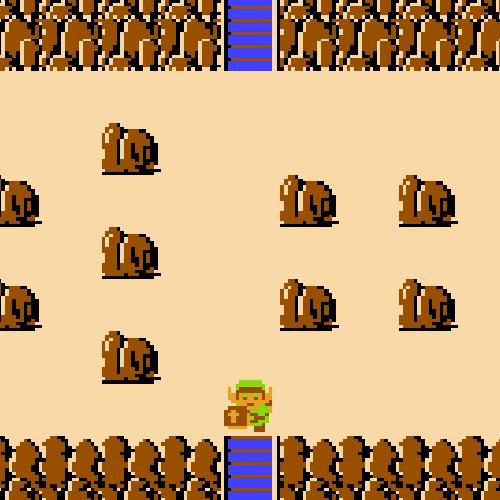GodotVision
Introduction
With GodotVision, you can create games and apps for Apple's visionOS using the Godot Game Engine.
Defend Cow Castle, a visionOS game made with GodotVision
GodotVision runs a headless Godot 4.3 instance that controls native RealityKit views. Roughly speaking: Godot is the backend, RealityKit is the frontend.
You get the power of the Godot editor AND the awesome native rendering features of visionOS, e.g. image-based-lighting and foveated rendering.
Currently, GodotVision supports rendering to visionOS Volumes, and connects native spatial gestures to events in Godot.
In the future, GodotVision will support ARKit features including hand tracking and plane detection.
Why use a game engine for visionOS dev?
SwiftUI and RealityKit might be all you need!
But, if you're building something with lots of moving parts, a game engine can help you manage complex scenes and avoid reimplementing common game systems.
Consider an adventure game. The game features a map composed of tiles, and a camera that pans from tile to tile to follow the character. And enemy monsters who navigate around obstacles to attack your character. And an inventory and health system. And...
A game engine will definitely make this easier!

*Yes, The Legend of Zelda was coded in assembly.
Why Godot?
GodotVision is similair to Unity Polyspatial in both its goals and approach.
We chose to build on Godot for a few reasons.
- Godot is fun and we like it.
- Godot is rapidly improving, and the community around it is growing.
- Godot is Free and Open Source